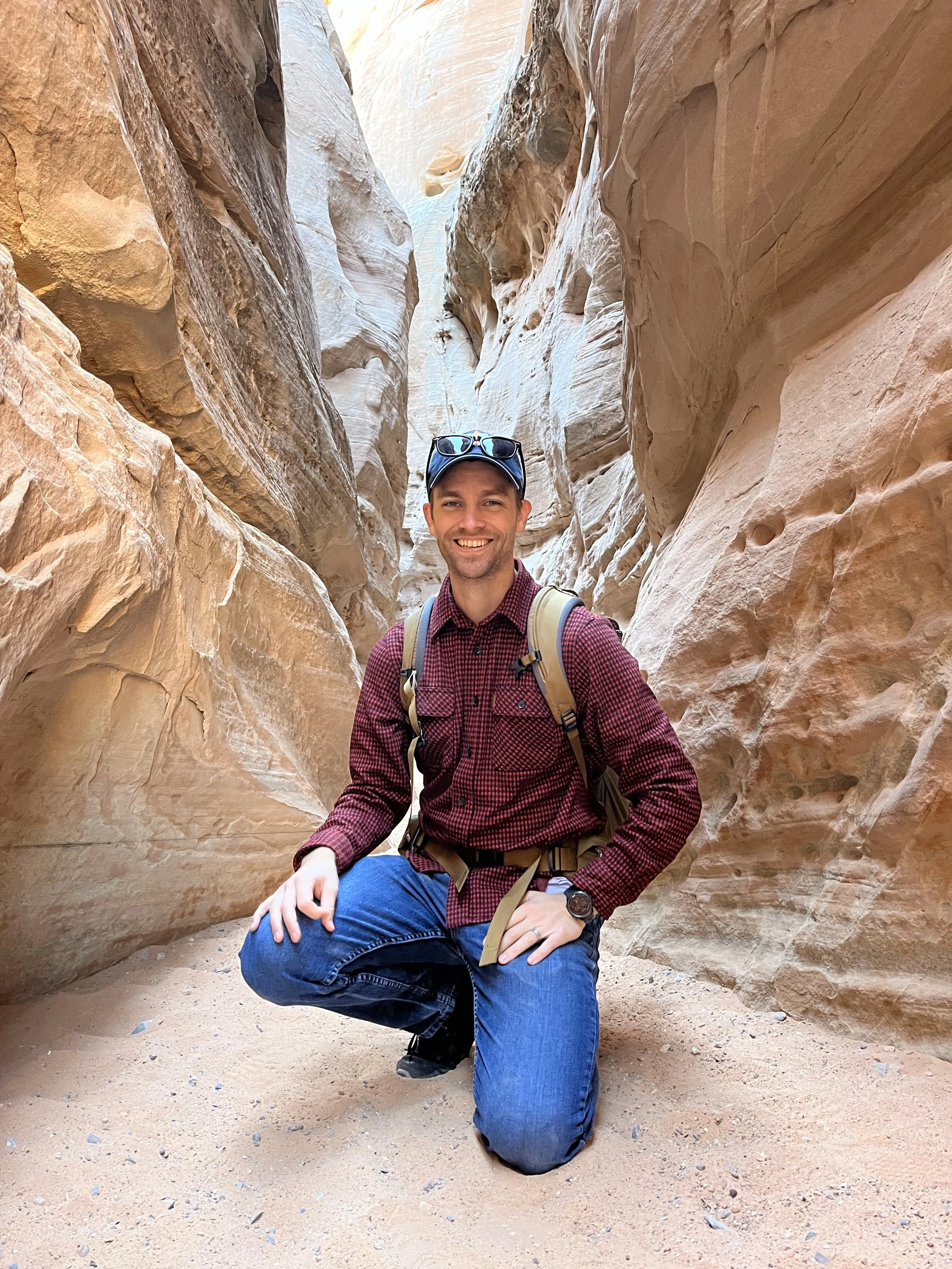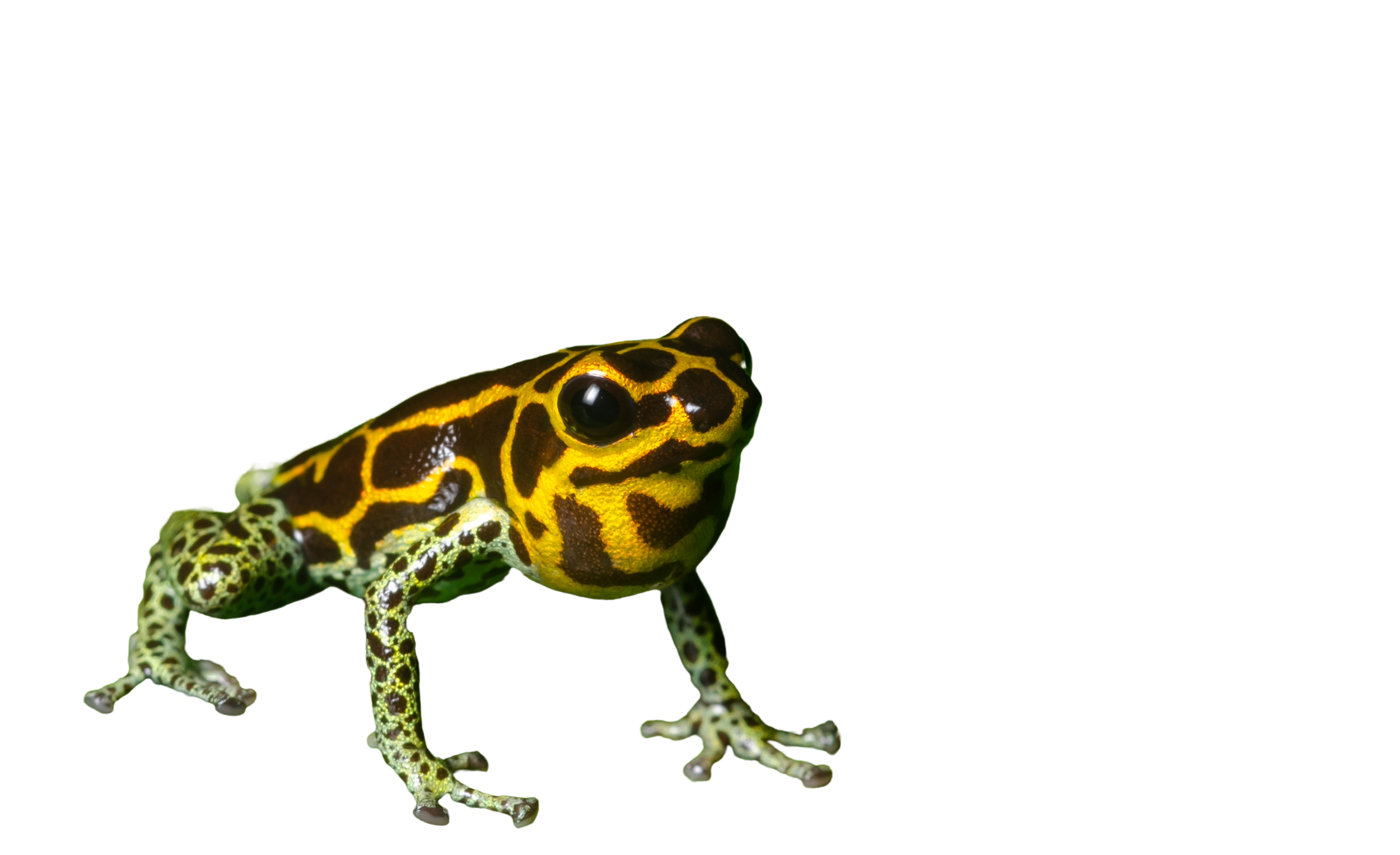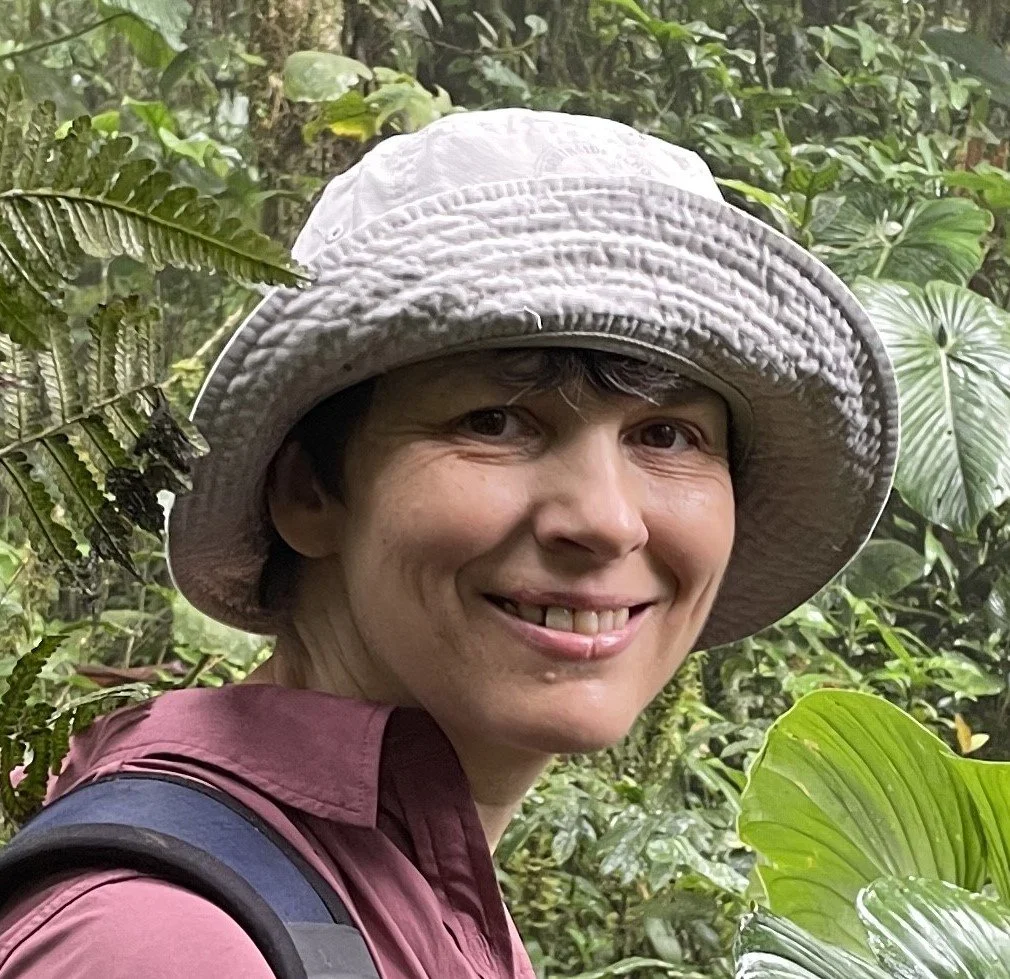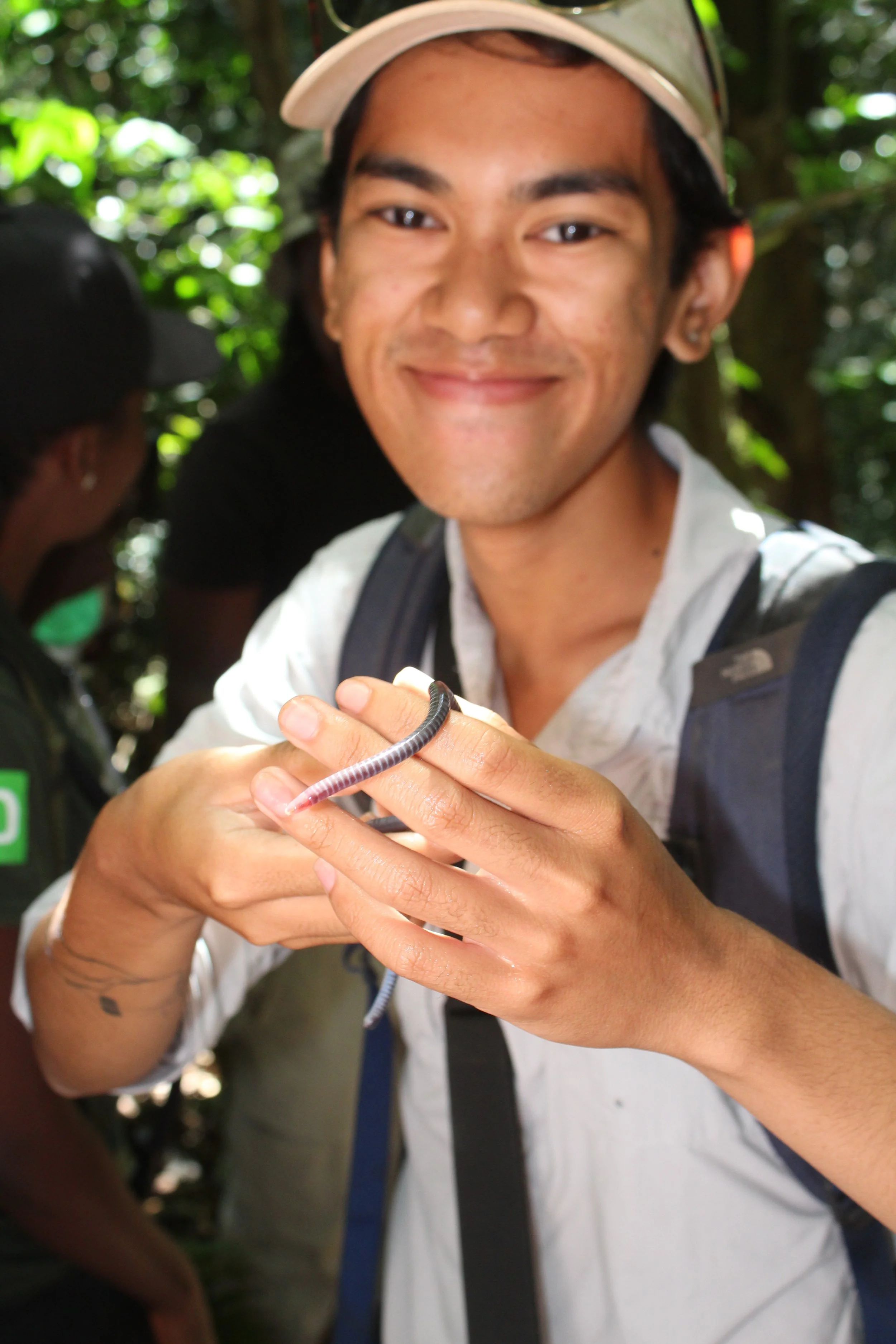THE AMPHIBIAN DREAM TEAM

-

Adam Stuckert
PRINCIPAL INVESTIGATOR
Adam is a biologist that uses an integrative research approach to understand the ecology, evolution, and genomics of complex phenotypes in natural systems. His work largely focuses on the evolution and maintenance of aposematism, the combination of a bright, conspicuous appearance with secondary defenses. Much of his ongoing research takes an ecological genomics approach to understand the mechanisms underlying divergent color and patterns, the sequestration of defensive chemicals, and the relationship between them.
-

Andrew Rubio
POSTDOCTORAL RESEARCHER
Andrew is an integrative evolutionary biologist that utilizes genomics, ecology, and evolution to develop a better understanding of the genetic basis of complex phenotypes. Specifically, Andrew is interested in elucidating the evolution of aposematic signals in poison frogs of the family Dendrobatidae, by using genomics to investigate the mechanisms controlling color and pattern. During his Ph.D. (Summers lab, ECU), Andrew identified candidate genes and gene networks potentially influencing color variation and identified the overall effects of dietary carotenoids on pigmentation and gene expression in two morphs or Ranitomeya imitator (the orange-banded Sauce morph and the red-headed Varadero morph; Fig 1). In addition, Andrew identified genes associated with color development that are under positive selection using transcriptomes from 9 different color morphs in the Ranitomeya genus that display conspicuous coloration.
-
Ashley Dye
GRADUATE STUDENT (PhD)
Ashley is a second year PhD student interested in the evolution of color vision and population genetics of poison frogs. She received her Master’s at ECU where she worked in the Summers lab to investigate gene flow, population structure, and color production in Ranitomeya imitator.
-
Galina Aglyamova
GRADUATE STUDENT (PhD)
Galina finds many aspects of life fascinating. Throughout her professional journey, she has worked on a diverse collection of topics from structural biology to brain development and corals’ response to climate change. In the Stuckert Lab, she plans to use molecular biology approaches to study the developmental ecology of aposematic amphibians, specifically, poison dart frogs and salamanders. She is interested in the complex transitions of amphibians’ life stages and how environmental factors influence changes in their coloration and toxicity.
-
John Nguyen
GRADUATE STUDENT (PhD)
John is interested in the evolutionary mechanisms driving the origin and persistence of coloration in amphibians. With the Stuckert Lab group, he is developing a unique study system to unravel the ecological and evolutionary roles of bright coloration in caecilians. Beyond his scientific pursuits, John channels his creativity through various artistic mediums, including printmaking, graphic design, film photography, and performing in wind ensembles.

Lab Alumni
-
Courtney Whitcher
POSTDOCTORAL RESEARCHER
Courtney’s research examines the evolution of biofluorescence in frogs. During her Ph.D., she discovered fluorescence in 155+ frog species and found evidence for ecological significance of this anuran fluorescent signal, suggesting there is an adaptive function of biofluorescence for intraspecific communication in the majority of the species tested. Her findings provide evidence for sensory drive of the frog fluorescent signal; i.e., frog fluorescence is likely a communication signal shaped by the sensory systems and ecological conditions of the receiver and the habitat under which it is received. She found evidence this trait functions in female mate choice, but does not affect predation, and found a correlation between treefrog fluorescence and an increased speciation rate. Her work suggests fluorescence may act as a “secret” communication channel for frogs, allowing an individual to increase its conspicuousness only to other frogs in dim light mate choice contexts but not to potential predators. As a postdoc in the Stuckert lab, Courtney began examining the production and perception of the treefrog biofluorescence she discovered. Her postdoc work will help the lab answer foundational questions about the biology and mechanistic underpinnings of frog biofluorescence and determine how this signal is received by conspecifics. As Courtney’s previous work established a relationship between the novel anuran fluorescent phenotype, the environment, and its evolution, this future work will build an integrative understanding of the factors driving the production and perception of frog fluorescence as a key “secret signal”. Courtney also designed and developed the citizen science and educational resource Finding Fluorescence.
-

Emily Graves
UNDERGRADUATE STUDENT
During her time with the Stuckert Lab, Emily conducted a systemic review of poison frog clay model studies and helped to maintain our captive frog colony. She hopes to pursue graduate studies in freshwater/marine sciences.





